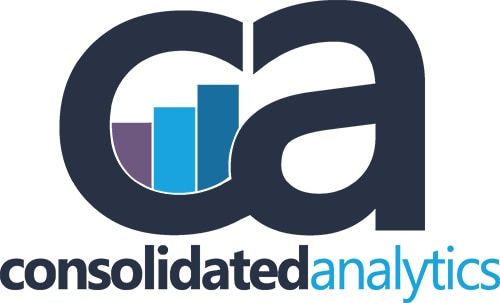Current market conditions continue to make servicing loan portfolios a coin toss. Many originators strive to maintain control of loan servicing, since it reinforces branding and provides a first line of communication to customers for retention and refinancing. With today’s higher interest rates, however, refinancing has decreased and that has slowed down the normal portfolio attrition rates—with significant cost implications.
Until recently, originators that retained servicing usually derived sufficient income to support it. Yet with slowed production, the cost to service has to be considered. Servicing generally has fixed operating costs that can be absorbed in a performing market. But as a portfolio ages, delinquencies increase and so do servicing costs.
Most originators begin to look at options as these rate cycles occur, and the quick solution is to sell the portfolio and disband servicing. This solution provides rapid cash infusions, but limits long-term ability to re-enter the servicing sector as the cycles turn to better rate environments. So another solution is to set up an interim arrangement to service your production, selecting a sub-servicer to address day-to-day portfolio needs.
Both solutions require evaluating the servicer, preserving transfer quality, and establishing ongoing interaction levels to reduce risk, maintain customer service levels, and ensure regulatory compliance. Below are key steps and considerations involved in transferring to a sub-servicer.
Selecting a sub-servicer
- Should you choose private label or general servicing? Private label servicing will allow you to retain your brand during customers’ interaction with the sub- servicer on phone calls, websites, and in print. General servicing is less expensive but limits branding. Both support the general needs of your customer and the monitoring of the loan, related to risk and compliance.
- Name brand or boutique? There are several very large, well-known companies that sub-service a significant amount of the industry’s portfolio, supporting both private label and general servicing. These companies provide a very consistent, straightforward approach to servicing and offer clients limited to no customization. Over the past several years, we have seen new sub-servicers join the market, offering high-touch customer service and addressing clients’ customized servicing needs. These new entrants also provide an option for smaller portfolios that tend to struggle with recognition and interaction with the more established sub-servicers.
- Full due diligence should be followed during the selection process, evaluating the company’s financial status, industry ratings, service levels, and consumer ratings.
De-boarding the loans
- Once the selection has been made, the de-boarding process is critical.
- Systems validation and balancing must occur at the loan level and be the source for the forward validation points.
- Vendor partnerships must be maintained and engaged with proper resources to interface current data (taxes, insurance, and escrows) to the new servicer.
- Data mapping is never generic; data definition is critical at every point .Significant care needs to be given to loans with special conditions, such as those with a delinquent status, loss mitigation status, or bankruptcy, as well as those with pending escrow advances or loss draft proceeds to be disbursed
- Borrower notification is subject to regulatory requirements. The Real Estate Settlement Procedures Act (RESPA) requires a letter to be sent to the customer prior to the loan transfer. Once this letter goes out, internal and external marketing efforts need to begin. Updates to the salesforce, email notices to borrowers, voice prompts on phone systems, text messages, and updates on billing and web pages should occur. Overcommunicate with customers and set expectations of what will occur in the process.
- Mock transfers and data validation will support the “go/no go” signal to transfer the loans.
Boarding to new servicers
- Just as much effort should be devoted to the intake of the loan portfolio as occurred in the de-boarding process.
- Data validation of loans, investor pools, and all cash balances should tie out.
- Loans with special conditions mentioned above should be validated on a loan- level basis.
- Verify that inbound calls are directed to a skilled team to “listen” to the borrower who has not read anything about the loan transfer, because this common occurrence could otherwise lead to escalations and complaints.
- Don’t believe that “everything will work once we’re on the new platform.” Common glitches include unexecuted bank drafts and payments that don’t post on time. Minor issues can become magnified in social media, which is often where the borrower turns instead of calling the customer service number.
Managing service levels
- One of the most significant items in a loan transfer is the ability to have transparency into the new servicers’ process and reporting. Don’t lose your ability to respond to your customer.
- Understand and define service level agreements and analyze the reporting around them before you move your loans. Key areas to observe are: customer escalations, customer complaints via a regulatory agency, insurance and loss draft processes, tax payments and escrow adjustments, and delinquent borrower resolution.
Maintaining compliance awareness
- Don’t assume that once the loans are transferred you are not responsible for ongoing compliance.
- Have a direct contact designated to your relationship.
- Require access to monthly reporting related to regular and recurring transactions.
- Be involved in the audit process, findings, and resolutions.
Moving any number of loans requires the same level of integrity and diligence. The personnel needed must be skilled in these steps and provide confidence and understanding to work with all areas of the teams and process. Project management, change management, and impact analysis will drive success as you make your loan transfer.
